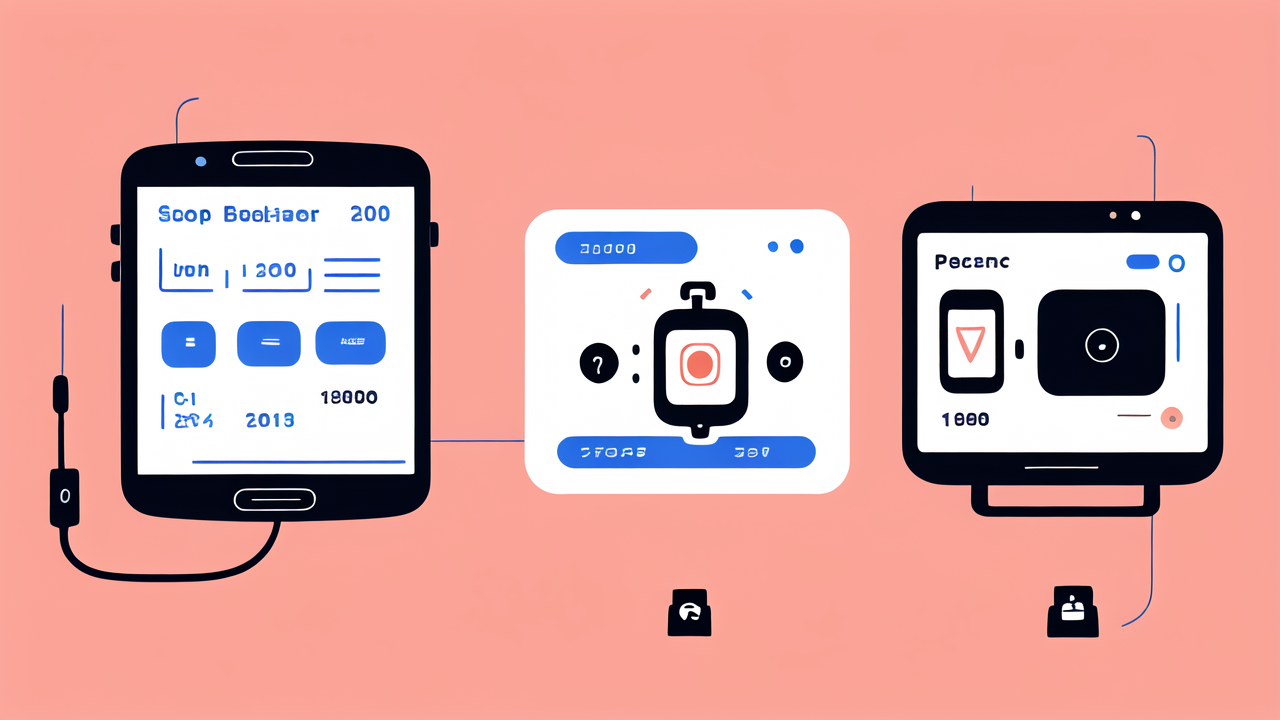The Evolution of Digital Watches in the United States
A Brief History of Digital Watch Technology
Digital watches have come a long way since their inception. In the 1970s, they were a novelty. The first digital watch displayed time using LED lights. It was bulky and had poor battery life.

As technology improved, so did digital watches. LCD screens replaced LED displays. This made watches more energy-efficient. By the 1980s, digital watches could do more than tell time. They had calculators, alarms, and stopwatches.
The 1990s saw the rise of sports watches. These could track laps, measure heart rate, and more. They were a hit with athletes and fitness enthusiasts. Digital watches became more than just timepieces. They were tools for various activities.
Key Milestones in Smartwatch Development
The smartwatch era began in the early 2000s. The first models could sync with computers. They could store contacts and calendar events. But they were still limited in functionality.
A major breakthrough came in 2012 with the Pebble smartwatch. It could connect to smartphones via Bluetooth. This allowed for notifications and app support. It was a game-changer in the industry.
In 2015, Apple released its first Apple Watch. It combined fitness tracking with smartphone features. Other tech giants like Samsung and Google followed suit. Smartwatches became mainstream consumer devices.
Today's smartwatches can make calls, send texts, and run apps. They track health metrics and even make payments. The line between smartwatch and smartphone continues to blur.
The Integration of AI in Modern Digital Watches
AI has taken smartwatches to new heights. It's not just about adding features anymore. AI makes these devices smarter and more personalized. Here's how AI is changing the game:
- Voice assistants like Siri and Google Assistant are now on your wrist.
- AI algorithms improve health tracking accuracy.
- Machine learning helps predict user behavior and preferences.
- Natural language processing enables better voice commands.
- AI enhances battery life by optimizing device usage.
These AI features make smartwatches more intuitive and useful. They can understand context and provide relevant information. AI turns smartwatches into true personal assistants.
AI and Machine Learning: Enhancing the Digital Watch Experience
The Role of AI in Personalizing User Interactions
AI is making smartwatches more personal than ever. It learns from user behavior to tailor experiences. Here's how AI personalizes interactions:

- It suggests apps based on time of day and location.
- AI customizes watch faces to show relevant information.
- It learns user preferences for notifications and alerts.
- Voice assistants adapt to individual speech patterns.
- AI predicts daily routines and offers timely reminders.
These personalized touches make smartwatches feel like an extension of the user. They anticipate needs and streamline daily tasks. AI turns data into meaningful insights and actions.
The more you use your smartwatch, the smarter it becomes. It's like having a personal assistant that knows you better each day. This level of personalization was unthinkable in early digital watches.
Machine Learning in Health and Wellness Features
Health tracking is a key feature of modern smartwatches. Machine learning takes it to the next level. Here's how:
- AI algorithms detect irregular heart rhythms.
- Machine learning improves sleep tracking accuracy.
- AI can predict potential health issues based on trends.
- It provides personalized workout recommendations.
- Machine learning enhances stress level monitoring.
These features turn smartwatches into powerful health tools. They can alert users to potential problems early. This can lead to better health outcomes and peace of mind.
AI also makes fitness tracking more accurate and insightful. It can distinguish between different types of activities. It provides more detailed analysis of workouts and recovery times.
AI-Powered Assistants: Revolutionizing User Queries and Commands
Voice assistants are getting smarter thanks to AI. They can handle complex queries and commands. Here's what they can do:
- Set reminders based on location or time.
- Answer follow-up questions without repeating context.
- Perform tasks across multiple apps.
- Understand and respond to natural language.
- Learn user preferences over time.
These assistants make smartwatches more hands-free and convenient. You can control your smart home, send messages, or check your schedule. All with just your voice.
AI also improves text input on small screens. It can predict words and phrases based on context. This makes typing on a smartwatch much easier and faster.
The Future of Digital Watches in the AI-Driven Ecosystem
Anticipating the Next Big Thing: Innovations on the Horizon
The future of smartwatches is exciting. AI will drive many new innovations. Here are some possibilities:

- Advanced health monitoring, like blood sugar tracking.
- Emotion recognition through voice and biometric data.
- AR displays that project information onto your surroundings.
- More accurate fitness coaching and performance prediction.
- Enhanced integration with smart home and IoT devices.
We may see smartwatches that can detect early signs of diseases. They could alert users to potential health risks before symptoms appear. This could revolutionize preventive healthcare.
AI might enable smartwatches to understand and respond to emotions. They could offer support or suggestions based on your mood. This could be a game-changer for mental health support.
The Impact of AI on Smartwatch Battery Life and Performance
Battery life has always been a challenge for smartwatches. AI is helping to address this issue. Here's how:
- AI optimizes power usage based on user habits.
- It predicts when to switch to low-power mode.
- Machine learning improves processor efficiency.
- AI enables smarter background app management.
- It optimizes screen brightness and refresh rates.
These improvements mean longer battery life without sacrificing features. AI can prioritize power for the most important tasks. It can also predict when you're likely to charge your watch.
Performance is also getting a boost from AI. Smartwatches can run more complex apps and features. They can process more data locally, reducing reliance on smartphones.
Privacy and Ethical Considerations in AI-Infused Devices
As smartwatches become more powerful, privacy concerns grow. Here are some key issues:
- Data collection and storage practices.
- Sharing of health data with third parties.
- Potential for AI bias in health recommendations.
- Security of voice commands and personal information.
- Ethical use of emotion recognition technology.
Companies need to be transparent about data practices. Users should have control over what data is collected and shared. Encryption and secure storage are crucial for protecting sensitive information.
AI algorithms must be carefully designed to avoid bias. This is especially important for health-related features. Ethical guidelines for AI in wearables are becoming increasingly necessary.
The future of smartwatches is bright, but it comes with responsibilities. Balancing innovation with privacy and ethics will be key to their continued success.




Leave a comment
This site is protected by hCaptcha and the hCaptcha Privacy Policy and Terms of Service apply.